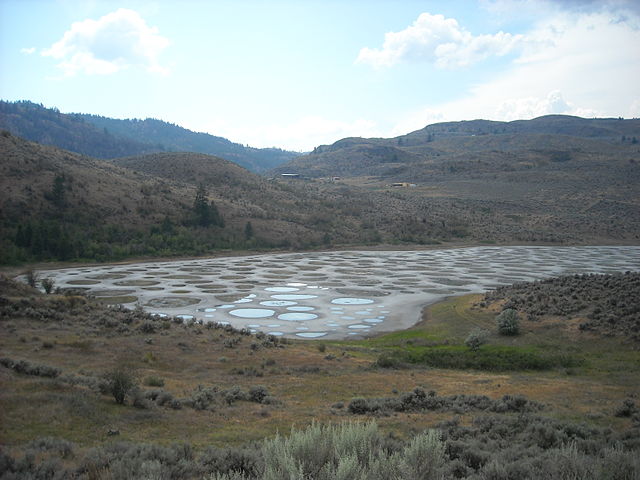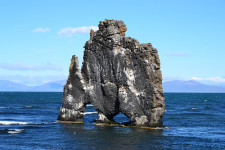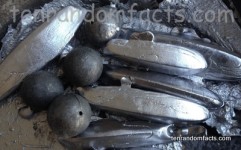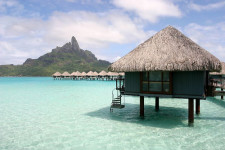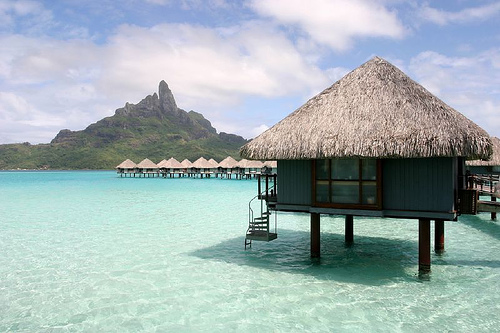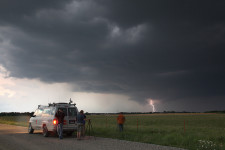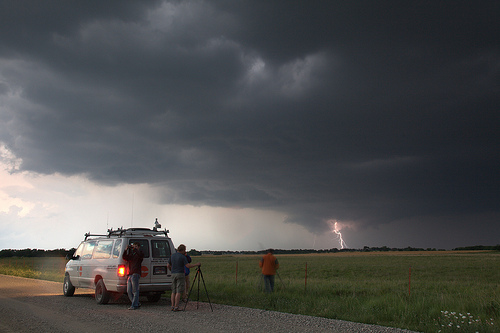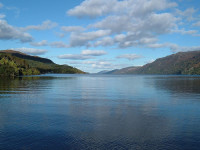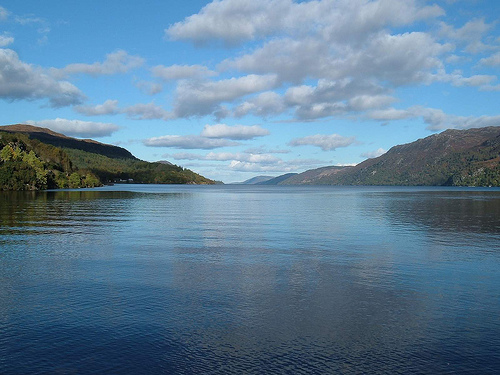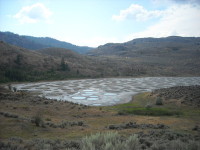
Spotted Lake is coloured in polka-dots.
- Spotted Lake is a drainage basin with no outflow, located in British Columbia’s Similkameen Valley, in Canada.
- The water of Spotted Lake is high in sodium and magnesium sulphate, and calcium, as well as a number of other minerals.
- During summer, the evaporation of water in Spotted Lake leaves numerous water pools that contain significant quantities of mineral deposits, and as such, the lake looks spotty.
- ‘Spotted Lake’ is also known in the indigenous language of the area as ‘ktlil’xWW‘ (Ha? Ki lil xw), or ‘sacred medicine lake’, and it is also known as ‘Chliluk’, ‘Khiluk’ and ‘Kliluk’.
- Spotted Lake has been considered a sacred area by native communities, especially the local Okanagan people, with the ability to heal illness and damage to human skin.
Spotted Lake
Image courtesy of Wikimedia Commons
- Minerals of Spotted Lake were extracted during World War I, for the manufacture of explosives.
- Spotted Lake can reach 700 metres (765 yards) at its longest point and 250 metres (273 yards) at its widest.
- Spotted Lake is designated as a protected area and has been owned by the Canadian government and indigenous communities since 2001, though it was privately owned prior to this.
- There are said to be 365 individual pools of water in summer at Spotted Lake, that range in colour from yellow, orange, green, purple and blue, depending on the mineral content.
- The pathways between the pools of water of Spotted Lake occur due to the hardening of minerals, however walking in the lake area is prohibited.
Bibliography:
10 Things to Know About Khiluk – The Spotted Lake of British Columbia, 2014, CryptoVille, http://visitcryptoville.com/2014/01/30/10-things-to-know-about-khiluk-the-spotted-lake-of-british-columbia/
Discover the mystic ‘Spotted Lake’: A sacred site producing therapeutic waters near Osoyoos BC Canada, 2013, Strange Sounds, http://strangesounds.org/2013/04/discover-the-mystic-spotted-lake-a-sacred-site-producing-therapeutic-waters-near-osoyoos-bc-canada.html
Spotted Lake (Khiluk), British Columbia, Canada, 2014, Globetrotter’s Wanderlust, http://globetrotterswanderlust.blogspot.com.au/2014/09/spotted-lake-khiluk-british-columbia.html
Spotted Lake, 2015, Wikipedia, https://en.wikipedia.org/wiki/Spotted_Lake
Spotted Lake, n.d, British Columbia, http://apps.gov.bc.ca/pub/bcgnws/names/16532.html





